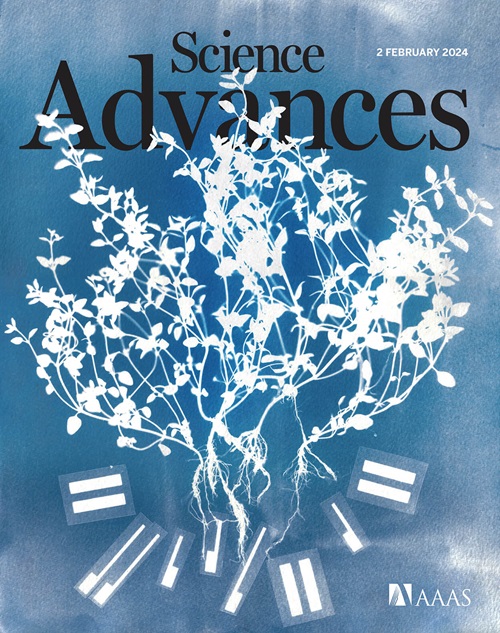De novo design of peptide binders to conformationally diverse targets with contrastive language modeling
IF 11.7
1区 综合性期刊
Q1 MULTIDISCIPLINARY SCIENCES
引用次数: 0
Abstract
Designing binders to target undruggable proteins presents a formidable challenge in drug discovery. In this work, we provide an algorithmic framework to design short, target-binding linear peptides, requiring only the amino acid sequence of the target protein. To do this, we propose a process to generate naturalistic peptide candidates through Gaussian perturbation of the peptidic latent space of the ESM-2 protein language model and subsequently screen these novel sequences for target-selective interaction activity via a contrastive language-image pretraining (CLIP)–based contrastive learning architecture. By integrating these generative and discriminative steps, we create a Peptide Prioritization via CLIP (PepPrCLIP) pipeline and validate highly ranked, target-specific peptides experimentally, both as inhibitory peptides and as fusions to E3 ubiquitin ligase domains. PepPrCLIP-derived constructs demonstrate functionally potent binding and degradation of conformationally diverse, disease-driving targets in vitro. In total, PepPrCLIP empowers the modulation of previously inaccessible proteins without reliance on stable and ordered tertiary structures.

求助全文
约1分钟内获得全文
求助全文
来源期刊

Science Advances
综合性期刊-综合性期刊
CiteScore
21.40
自引率
1.50%
发文量
1937
审稿时长
29 weeks
期刊介绍:
Science Advances, an open-access journal by AAAS, publishes impactful research in diverse scientific areas. It aims for fair, fast, and expert peer review, providing freely accessible research to readers. Led by distinguished scientists, the journal supports AAAS's mission by extending Science magazine's capacity to identify and promote significant advances. Evolving digital publishing technologies play a crucial role in advancing AAAS's global mission for science communication and benefitting humankind.
 求助内容:
求助内容: 应助结果提醒方式:
应助结果提醒方式:


